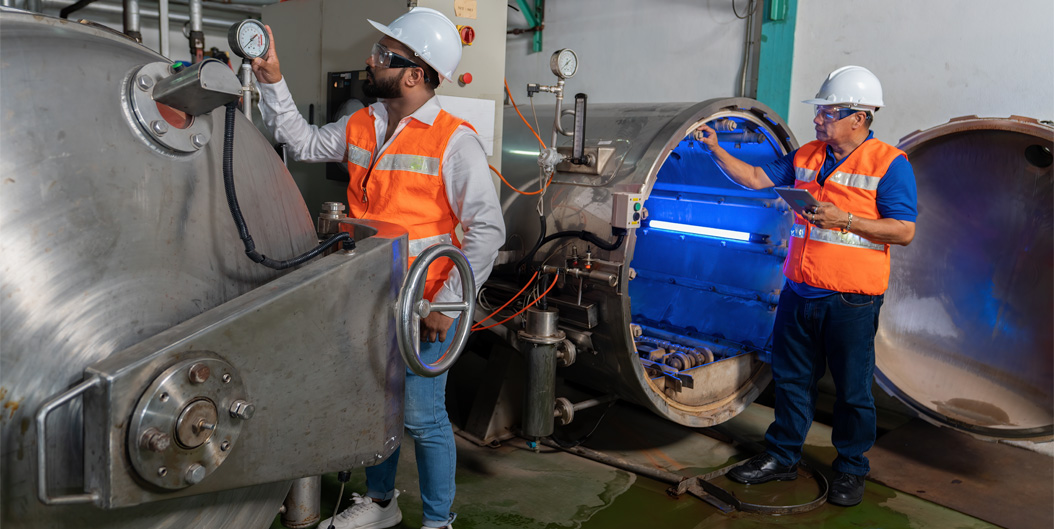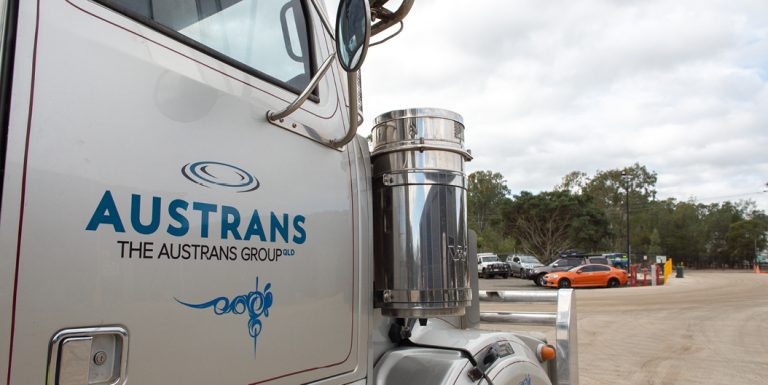How To Prepare For A Site Shutdown
“Effective planning is paramount to ensure a successful shutdown.”
Jason, Operations Manager, Austrans
Site shutdowns play a vital role in the maintenance of businesses, ensuring that equipment operates at optimal levels. Typically, these shutdowns occur once a year. Four types of shutdowns can occur:
- Planned shutdown: These shutdowns are scheduled well in advance, allowing all staff members to be aware of the arrangement.
- Emergency shutdown: These unexpected shutdowns occur when equipment fails. Without proper planning and precautionary measures, the process can be frustrating. However, with established protocols in place, emergency shutdowns can be executed swiftly and efficiently. All sites need to be prepared for such situations at all times.
- Partial shutdown: In certain cases, it may be possible to keep a part of the plant operational while another part undergoes shutdown. This option is not always feasible and is typically used when addressing minor issues that do not require a complete halt of operations.
- Full shutdown: This type of shutdown involves a complete halt of the entire operation. It is often associated with a planned shutdown, but not always.
How to prepare for a site shutdown
The level of preparation directly correlates with the smoothness and speed of the shutdown process, enabling the site to resume normal business operations promptly.
During the preparation phase, it is essential to establish milestones, and deadlines, and assign tasks and responsibilities to individuals and teams. Streamlining the process minimises production loss, excessive labour costs, and overall expenses.
The scope of work, budget, and schedule are determined by the facility’s internal team, the head contractor, and other key stakeholders. It is important to allocate sufficient time for resource vetting, scope definition, and task compilation, typically spanning one to three months. To expedite this phase, consider the following tips:
- Designate an ultimate decision-maker to mitigate the risk of budget and schedule overrun caused by scope creep.
- Establish a contingency plan and create a contract that outlines how savings will be shared between the owner and the contractor.
- Maintain diligent communication, including detailed instructions and oversight for inexperienced personnel, as well as clear notifications regarding restricted areas accessible only to specific personnel levels.
- Before the shutdown, ensure employees are adequately briefed, conduct machinery inspections, verify inventory components, order necessary replacement parts, and delegate the maintenance team internally or through outsourcing. Additionally, secure any required permits.
- During the shutdown, implement all necessary repairs, parts replacements, and improvements. Strict adherence to safety measures is crucial. The maintenance team should aim to complete the work on schedule or ahead of time, enabling the prompt resumption of plant productivity.
- After the shutdown, ensure employees return to their regular work schedule. Evaluate the maintenance work as part of the management team’s responsibilities. Implement new plans for future routine shutdowns and potential emergency shutdowns.
By following these guidelines, the shutdown process can be executed efficiently, minimising disruptions and ensuring the timely restoration of operations.
Need help with your site shutdown?
At Austrans, we can help.
We are a proudly Australian owned and operated company, and no task is too big or too small. We are renowned as the top player in the industry for providing sustainable liquid waste management solutions, industrial waste services, and project management across Australia. Should you encounter any issues, our innovative industrial services team is on standby to lend a hand. With cutting-edge hydro-excavation technology, we can also aid you with laying pipes or locating cables. When you’re part of the thriving industrial services sector in Australia, it’s always nice to know you’ve got us on your side.




